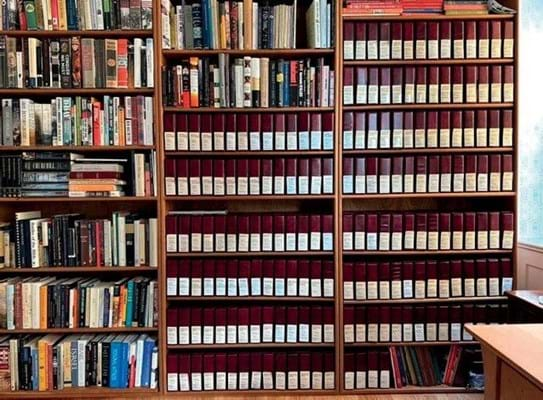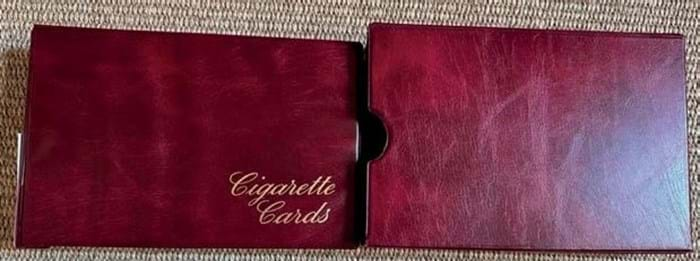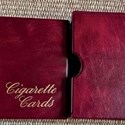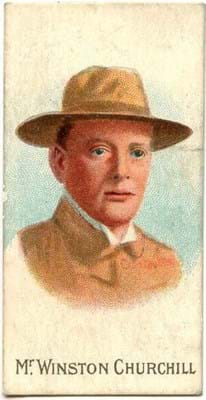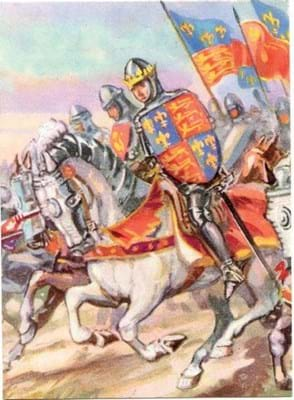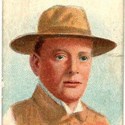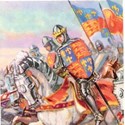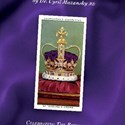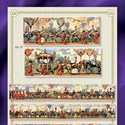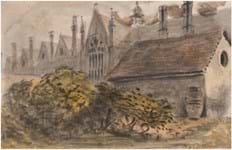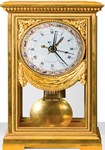He has created a number of collections including British swords which have been donated to Brown University (Rhode Island) and an ongoing collection of trading cards which has been accepted as a future donation to the Metropolitan Museum of Art in New York.
ATG: how and when did you get the collecting bug?
Dr Mazansky: It was in the early 1980s. I used to paint military miniatures of the British army. I came across these military cigarette cards and thought they would be a good aid in my painting.
However, it did not take long before I became enamoured of these cards in their own right, and with my wife’s enthusiastic support, they soon took on a life of their own and became a major collecting hobby.

Examples of Mazansky’s card collection.
What elements do you look for when considering a purchase?
Since my collection is very much a disciplined thematic one, my purchases are driven by that aspect. For me it has always been about creating as complete a collection as possible.
I was fortunate in that the major portion of my collection was acquired between the 1980s and early 2000s when these sets and good quality ones were still available.
Therefore, the driving force was acquiring these sets, most of which were in very good to excellent condition.
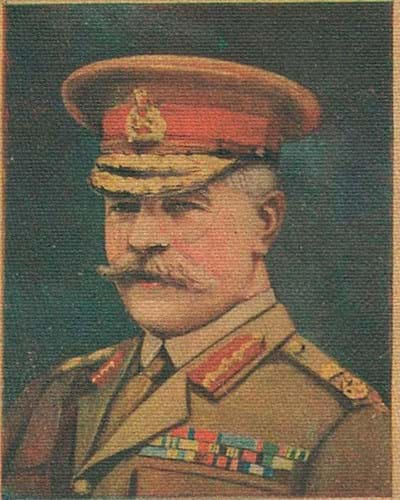
Card depicting Field Marshal Lord Kitchener, R&J Hill Ltd, Great War Leaders, 1919 from Mazansky’s collection.
Where do you find items to buy?
The vast majority of my collection has been acquired via card auctions.
A significant number have also been purchased from card dealers.
Would you classify your habit as ‘buying the best’ whatever the cost or are you driven more by the ‘thrill’ of hunting something that others may have missed?
My collection is most definitely not based on any thrills. It is an organised, disciplined approach. As I said, I was fortunate to acquire most of my collection when very good quality sets were available.
However, I have bought less than optimum sets or type cards when at the time these were the only ones available. If a higher quality set or part set or type card later came onto the market, I would often purchase the better quality one. I have often bid well above asking price to ensure the best chance of acquiring an important set or card types.
Where do you display your collection?
My entire collection is organised in card albums with sleeves anywhere from one to 10 cards per sleeve. These are all stored in bookshelves.
I also have an extensive and complete data-based system of my entire collection. This allows me to easily identify the location of any card or set in the albums.
How large is your collection?
I have nearly 2300 sets or part sets. A set may consist of anywhere from one card to 50 cards per set. I think the most common number is around 25.
What are your plans for the collection?
I am still collecting now but only very selectively. It is now almost entirely type cards to fill in gaps in incomplete sets. My aim is to physically hand over my collection to the Met in the next few years. I will probably continue collecting the way I am so that when I hand it over, it will be the most complete collection that I can achieve.
What is the most you have spent on an item for your collection?
In 1915 the cigarette manufacture WD & HO Wills produced a set of 50 cards titled Waterloo to commemorate the 100th anniversary of the Battle of Waterloo. It is a magnificent set.
However, the government, under wartime censorship, requested them not to issue it because then France was their close ally in the First World War, and they did not want to antagonise them.
A few sets ultimately came onto the market. These were probably owned by employees of Wills. I purchased a set in 1989 in very good to excellent condition for £3000. A 2023 card catalogue lists the price per card at £180, equivalent to £12,000 per set, but I would be surprised if any cards ever come onto the market.
Has the market for collecting cards changed since you started?
From my perspective there has been a definitive change.
A number of the older sets, especially from the latter part of the 19th century to the early 20th century are either no longer available or rarely so.
Even cards in the prime period of production between the two world wars are much less frequently available. One can still get part sets or only type cards from sets of this period. Now no cigarette producer ever issues cards. They are only from other commercial companies.
The subject matter has become much more narrowly focused, compared with the extremely rich and varied types of sets that were also highly educational in the past. These are no longer being issued.
Sports celebrities, although always popular as just one aspect of card subject matter, now seem to play a far more dominant role. Also entertainment types of sets dominate.
The quality of the illustrations, in my humble opinion, does not have the same depth and richness from earlier cards.
Prices of older sets and especially collector quality sets have gone up on an average 3-4 fold in the 40+ years that I have been collecting.
What advice would you give a young collector starting out now?
I just don’t know for certain, but I think this younger, digitally fixated generation, does not seem to be fascinated by this hobby unless it is, as in the US, baseball cards, and I suppose in the UK football and cricket cards. I do know that the members of the Cartophilic Society of Great Britain, from my perspective, appear to be of my generation.
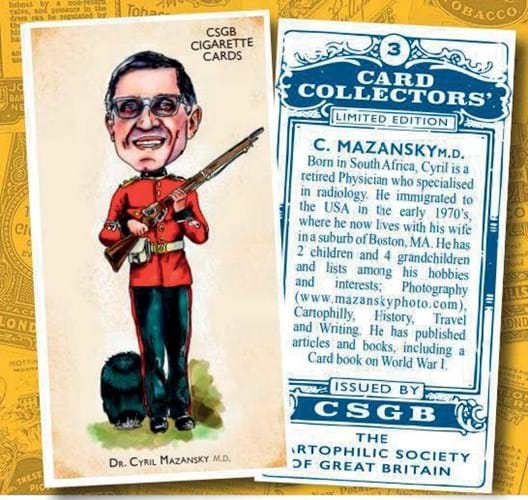
Cartoon created by the Journal of the Cartophilic Society of Great Britain’s editor Nick Oldham to depict contributor, collector and historian Mazansky.
If there was a younger member who was interested, I would only tell them of my personal experience, in that it has been a truly rich, rewarding and highly educational hobby for me.



